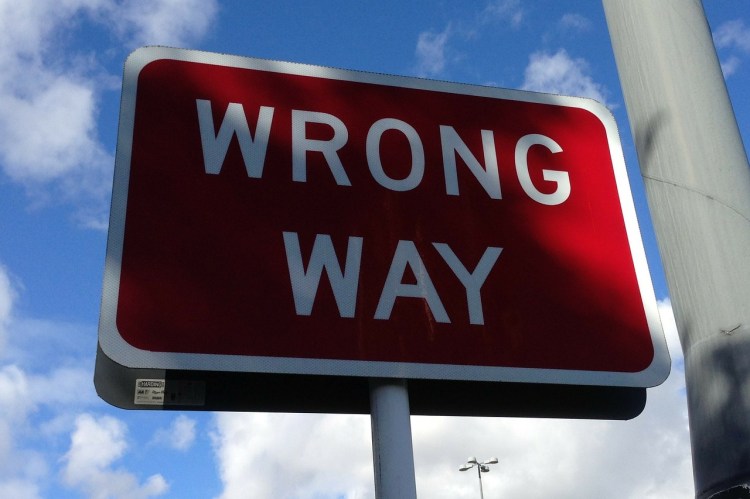Want smarter insights in your inbox? Sign up for our weekly newsletters to get only what matters to enterprise AI, data, and security leaders. Subscribe Now
It’s not often these days that anyone can manage to sneak a big tech news story through without it leaking first.
But the announcement that Microsoft is making its largest purchase of the Satya Nadella era in the form of LinkedIn landed like a punch in the kidney, awakening a still groggy Silicon Valley that wondered if it was real or a feverish dream.
It’s real.
Today was supposed to be all about Apple and its Worldwide Developer’s Conference. So, as it steals a bit of Apple’s thunder, one must tip one’s hat to Microsoft’s mini PR coup.
But that’s about it. Because rose-smelling press releases aside, this move strikes me a massive blunder of category 1 magnitude.
Reflexively, you’ll see lots of posts offering rationales for this deal. Don’t believe them. The overwhelming majority of acquisitions fail, and this one has almost zero chance of escaping the same fate.
Why? Let’s take a look at what we already know going into the long slog ahead, as Microsoft seeks to win the approval of LinkedIn’s shareholders:
LinkedIn’s value: There are lots of upbeat stats in the releases today about LinkedIn’s growth. But on February 2, the company’s stock was trading at $203 per share. Then LinkedIn provided an outlook for the full year that fell well short of Wall Street’s expectations. Investors shaved an epic 40 percent of the stock price in one day.
The huge premium Microsoft is paying today seems amazing. But, for many investors, it doesn’t even get them back to where they were four months ago. So, expect some grumbling and dissent on the road to a shareholder vote. Approval may not be the slam dunk it appears to be.
LinkedIn’s business: Beyond the question of fair value, there is the company’s underlying business to consider. The reason investors freaked out was because ad growth was slowing, and so was U.S. job growth. That’s a tough combo for LinkedIn, and it doesn’t exactly signal a wealth of momentum going into an acquisition.
Microsoft’s track record: Let’s put aside the fact that this is almost four times as much as the company paid for its dismal Nokia deal. Microsoft bought Yammer in 2012 for $1.2 billion and Skype before that for $8.5 billion. How many enterprise-type communication platforms does one company need?
If I’m a consumer, or a business, it seems tough to imagine how this jumble fits together into a cohesive whole. Of course, Microsoft doesn’t really know either. But it hopes to figure that out after the deal closes! Per a memo from Nadella :
“In essence, we can reinvent ways to make professionals more productive while at the same time reinventing selling, marketing and talent management business processes. I can’t wait to see what our teams dream up when we can begin working together once the deal closes, which we expect will happen this calendar year.”
Acquisition double-talk, part 1: On the one hand, this deal is all about the oft-vaunted idea of “synergy” (even if that word is not used). The idea is presumably to build LinkedIn into all sorts of Microsoft products. Great! But, does this mean I’m going to get all sorts of messages suddenly asking if I want to share my Word doc through LinkedIn or have some LinkedIn integration with an Excel spreadsheet…or…what? There’s a lot of talk today about how this is going to broaden Microsoft’s reach into all sorts of new channels for selling stuff like cloud services. But does one of the largest tech companies in the world really need to spend $26 billion to reach new customers?
Acquisition double talk, part 2: Structurally, LinkedIn is going to remain independent. Per the Nadella memo:
“LinkedIn will retain its distinct brand and independence, as well as their culture which is very much aligned with ours. Jeff (Weiner) will continue to be CEO of LinkedIn, he’ll report to me and join our senior leadership team. In essence, what I’ve asked Jeff to do is manage LinkedIn with key performance metrics that accrue to our overall success. He’ll decide from there what makes sense to integrate and what does not.”
So, we will all work together. But we will work together while remaining separate. We call it: Separate Togetherness. (I’m going to copyright that and write a book on it one day.)
In any case, one can already imagine the turf wars!
Bottom line: Microsoft is going to be bogged down with this deal for the foreseeable future. The payoff is not abundantly clear. And, along the way, it’s possible LinkedIn will lose even more momentum.
Microsoft will no doubt survive. But it’s going to be dealing with yet another huge distraction for years to come.


